A list of the greatest scandals, fiascos and defeats of composers of classical and opera music.
Wagner’s lifelong dream to succeed in Paris
Wagner’s lifelong dream was to succeed in Paris; it was almost obsessive how he sought recognition in the European capital of opera. No less than ten times he stayed in Paris for longer periods.
In Paris, during his first longer visit of almost two years, he wanted to stage his “Rienzi”. Meyerbeer, who was immensely successful in Paris, supported him, but his work was not accepted at the Opéra. Wagner showed no gratitude to Meyerbeer; all his life he accused the “Jew” Meyerbeer of ill-will. So he left Paris for Dresden.
In 1860 he made another attempt, but his artistic fortunes in Paris never recovered from the Tannhäuser fiasco at the Grand Opéra (see below).[/sc_fs_faq]
The famous Tannhäuser fiasco
In order to promote familiarity with his works, Wagner conducted three concerts of excerpts from various operas at the beginning of 1860. Among the audience were all the musical celebrities of Paris at the time, such as Berlioz, Rossini, Meyerbeer, Auber and Gounod. The response was extraordinary and Wagner, with the help of the wife of the Austrian ambassador, managed to get Napoleon III to order the performance of “Tannhäuser” the following year. What happened in 1861 went down in the annals of opera history. Wagner adapted the work to the conventions of the Grand Opéra; among other things, the Bachanale of the first movement was expanded with a ballet, and a French-language libretto was created. Wagner personally staged the opera, taking 164 rehearsals to prepare the sometimes overworked musical staff.
The day of the premiere
But the performances turned into a fiasco. The Jockey Club, a larger group of dandies, sabotaged the performances because they were accustomed to appearing only in the second act, when their mistresses performed the usual ballet. In protest that Wagner performed the ballet in the first act, they unpacked whistles and interrupted the play with noise and heckling. Deeply hurt and heavily in debt, Wagner ended the Paris adventure after three performances.
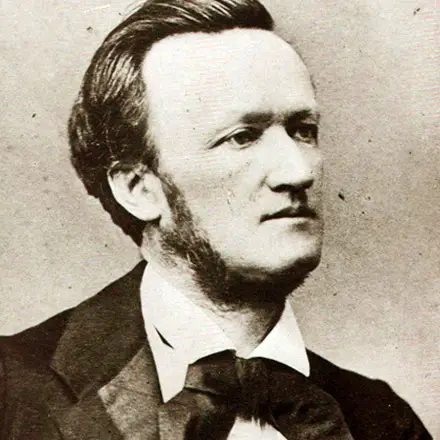
LINK TO THE COMPLETE WAGNER BIOGRAPHY
Stravinsky-s Sacré du printemps in Paris
Stravinsky becomes a celebrity with the Ballets russes
Stravinski first came to Paris in 1910 for his “Firebird” for the Compagnie des Ballets russes. In the next years he came repeatedly back for his further projects of this ballet troupe of the Russian Dhiagilev.
For the 1913 season, Dhiagilev moves to the newly built Théâtre des Champs-Élysées. The piece presented is Stravinsky’s “Sacré du printemps.” Already the theme of the ballet, a ritual murder of a young woman, casts its shadow. Fokin’s choreography, Nijinsky’s shocking dance, the costumes and, above all, the never-before-heard sound of Stravinsky’s music catapult the work into the modern age. The frenzy of the audience is gigantic, opponents and supporters hoot, whistle and get into each other’s hair during the performance, which turns into the biggest “theater scandal in history”. Only the conductor keeps cold blood and conducts the work to its end. The evening is nicknamed “Massacre du printemps”.
Sacré du printemps, Original costumes:
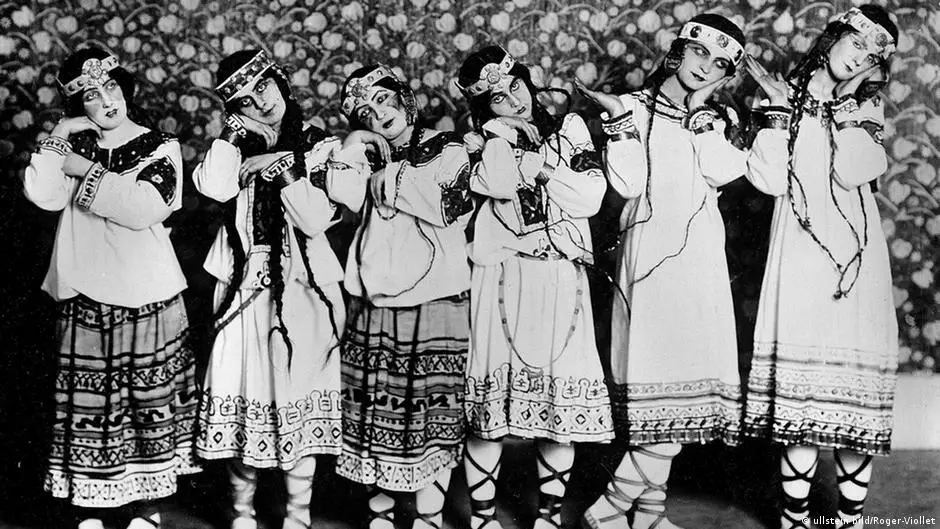
Stravinsky with Sergei Dhiagilev, the impresario of the Ballets russes:
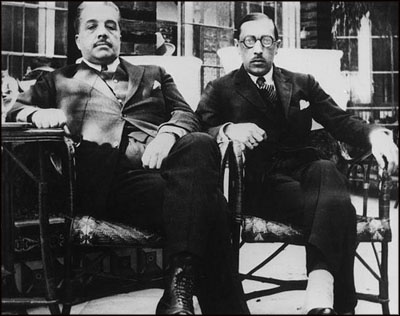
The Scandal of Carmen
The Wicked Gypsy
The role of Carmen became decisive for the story of its creation. The personality of this figure was unique at that time: an indomitable woman, erotic, temperamental, and a factory worker to boot. Moreover, vulgar and rebellious instead of romantic and patient. In short: the exact opposite of what was expected of a woman in the late 19th century. It sparked a heated debate in the run-up to the premiere. When the theater directors realized what a “monster” was approaching them, they tried to change the course of events. But it was too late. Even the planned leading actress refused to sing the role. In the person of Célestine Galli-Marié a suitable replacement could be found at short notice. The choice of the singer was and is crucial for success. The role is very demanding, it requires an erotic charisma, great singing skills, seductive dancing and acting abilities.
The premiere is too much for the audience
The first performance took place in March 1875, and the first act was warmly received. But the longer the work lasted, the frostier the atmosphere in the great hall of the Opéra Comique became. It was too much for the conservative audience. One critic wrote about the leading actress: “To see her swinging with her hips like a filly at a stud farm in Cordoba – quelle vérité, mais quel scandale” (Abbate/Parker, “a story of the opera”).
Giuseppe Verdi: a theatre tyrant in Paris
The theatre tyrant made himself unpopular with the French
Paris meant an important period of Verdi’s life. He often stayed in the French capital, among other reasons to meet his future wife Giuseppina in 1847, later for his opera projects, of which he wrote the “Vêpres siciliennes” and “Don Carlos” for the Paris operas, other works were given French versions (including “les Trouvères” and “Macbeth“). Verdi was at times obsessed with conquering Paris and replacing Meyerbeer as the “opera god” in Paris. His first attempt was “Vêpres siciliennes”, in which Verdi personally took care of the staging and in the process cemented his reputation as a theatrical tyrant; soon he was only called “Merdi” behind closed doors at the opera by the (unpunctual) french musicians.
After Meyerbeer’s death, he was commissioned to write a work for the Grand Opéra during the 1867 World’s Fair. The effort for the “Don Carlos” was gigantic. The fact alone that the theater had to sew a staggering 355 costumes for the premiere is proof enough.
Verdi’s relationship with the Parisians was divided. Early on he was awarded the Legion of Honor, but he refused to take part in the procedure, calling it a muck, which was resented by the Parisians. In the 1950s, Verdi also had two sensational lawsuits with the French national poet Victor Hugo over the rights to perform the operas Ernani and Rigoletto, which were based on the Frenchman’s works.
Late recognition
Success came rather late and Verdi, at the age of over 70, accepted the award of Commander of the Legion of Honor and even dined with Napoleon III and Eugénie in their Compiègne castle.
LINK TO THE COMPLETE VERDI BIOGRAPHY
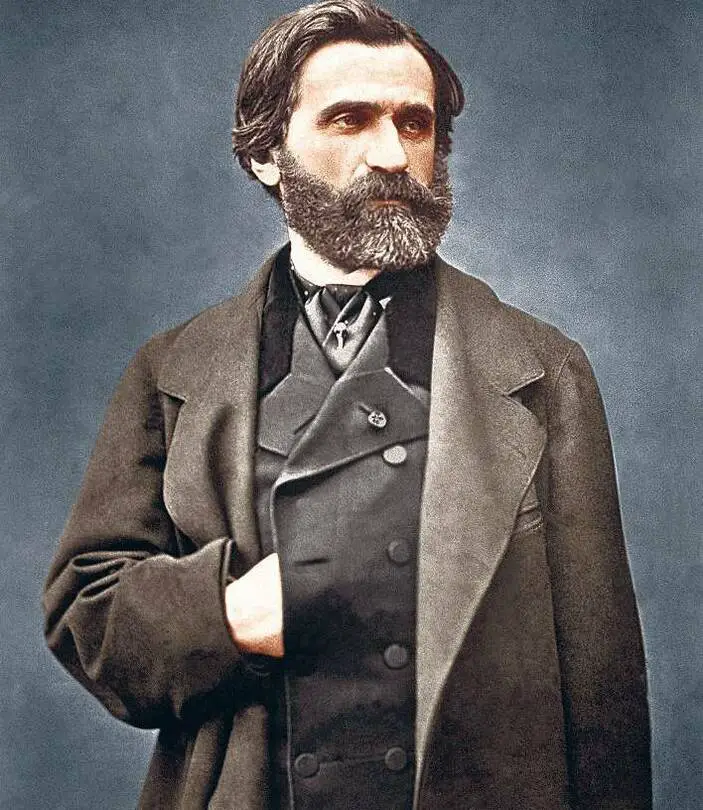
Richard Wagner: Tristan und Isolde in Munich
Turbulence in the run-up to the opera
After the failed efforts of a first performance in Vienna and other places, a first performance seemed far away.
But Ludwig had the power and the means to order a performance. With the help of Hans von Bülow and the gifted singer couple von Caroldsfeld, it was possible to set up a production in Ludwig’s Munich theater. On the day of the planned premiere in May 1865, however, everything went haywire. In the morning, the police appeared at Wagner’s private home to seize his furniture, Cosima (Wagner’s mistress and wife of the conductor von Bülow) rushed to the royal court treasury and managed to raise the necessary money. And then the message reached Wagner that Isolde was indisposed and the performance had to be postponed. Finally, on June 10, the acclaimed premiere took place at the Munich National Theater.
Ludwig II.:
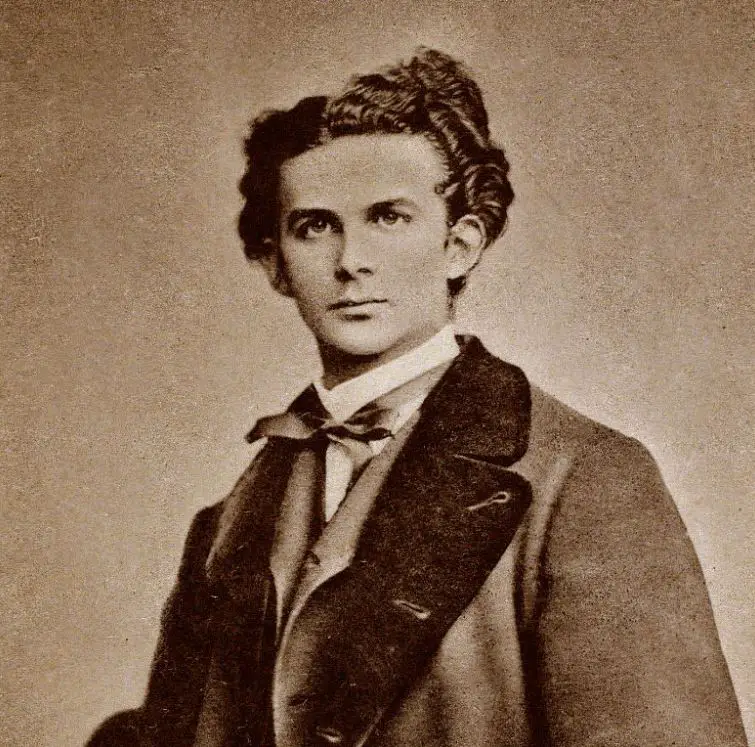
The famous singer’s death and the myth
With the tenor Ludwig Schnorr von Carolsfeld (that was his real name!), whom Wagner heard for the first time in «Lohengrin» in 1862, Wagner finally encountered the tenor of his dreams. It promised him the long-awaited singer of Tristan. Schnorr delighted the audience at the Munich premiere, but died eight days after the fourth performance at the young age of twenty-nine. He was ill when he sung the fourth performance and, in the opinion of the public, died of the «murderous part». A myth was born! This myth was later transcended when the conductor Felix Mottl suffered heart failure while conducting his 100th Tristan during the love duet at the site of the premiere in 1911 and died shortly thereafter. As the third, the conductor Joseph Keilberth suffered a heart attack in 1968 (also during the love duet) and died on stage.
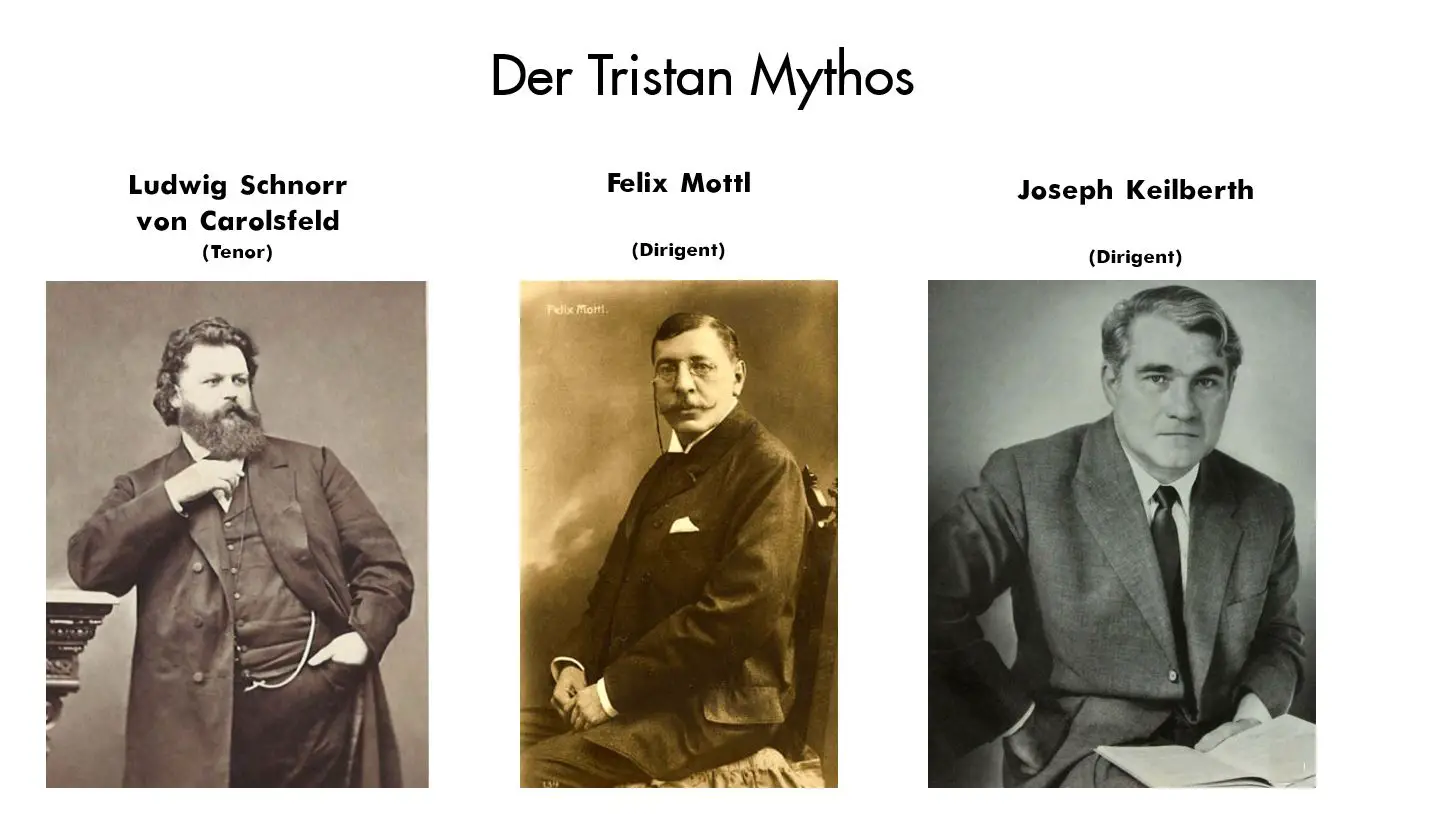
Vincenzo Bellini: the fiasco of the Milan premiere of Norma
Organized claque
The premiere at La Scala in Milan was a fiasco. The performance is said to have suffered because the singers were exhausted from rehearsals, and Bellini also complained of a hostile claque. Romantic conspiracy theories even spoke of a paid intrigue by an ex-lover of Bellini’s, the Russian Countess Samoylov, who was allegedly involved with Bellini’s rival Pacini at the time. She is said to have bought an enormous number of tickets and advertisements in daily newspapers. Possibly the audience was simply surprised by the novelty of the opera. Already the second performance brought the breakthrough and Norma was performed thirty-one more times in the same season of La Scala. It quickly began its triumphal march across Europe.
Listen to the excerpt “Mira o Norma”. It is perhaps Bellini’s most beautiful and best known duet, sung by the two female voices of Norma and Adalgisa. Bellini has the orchestra play a swaying accompaniment in the first part and an intimate melody touches the listener. Then the two priestesses sing the voices with beautiful ornamentation in the enchanting interval of thirds. In the premiere, the two famous singers Giuditta Pasta and Giulia Grisi sang the two roles.
Giacomo Puccini: the fiasco of the Milan premiere of Madama Butterfly
Puccini called the third act throughout his life “the second part of the second act”. The reason was that the premiere at La Scala in February 1904 was a fiasco. Why, is not one hundred percent clear to this day. The main reasons repeatedly cited are the unusual harmonies of the music, the (too) great length of the second act, and probably a claque of envious people wanted to harm Puccini. The failure was shameful. Puccini, who expected certain success, was in shock and had never overcome this failure. He subsequently reworked the work, among other things from a two-act to a three-act version. The success of the second performance three months later in Brescia rehabilitated the work. Nevertheless, it was reworked again for Paris in 1906, whose version is considered the final version today. For Puccini, “Madama Butterfly” was the “most soulful, expressive opera he had written”.
Hear the humming Choir, a beautiful and unusual conclusion of the second act. A choir of sopranos and tenors sing a nostalgic melody backstage at octave intervals, accompanied by a solo viola, pizzicato strings, wind instruments and the rest of the orchestra.
Teatro alla Scala V: the high C
The high C of Verdi’s “di quella pira”
The opera house is still a central cultural place of Milan and still makes the hearts and blood pressure of the Italians rise higher, as the following story about Verdi and the high C proves: The famous aria “Di quella pira” from “Il Trovatore” is usually concluded with a high C. Interestingly, Verdi did not compose a high C at this point. Enrico Tamberlinck, one of the first Manrico had explicitly asked Verdi for permission. The maestro had explicitly allowed it, on the condition that the C would also be sung beautifully. Thus this convention has prevailed and most listeners know the aria only in this way; following the original low note of the score would cause irritation, if not disappointment, in the audience.
The controversy
Even Toscanini, who forbade any liberties taken by singers in the 19th century, accepted the convention. In 2000, for the celebrations of the 100th anniversary of Verdi’s death at the opera house “La Scala” in Milan, Riccardo Muti, the conductor and artistic director of La Scala, ordered that this aria be sung in the original version, that is, without the high C. After the aria there was a hail of boos and the result was a real theater scandal that moved the press and the minds for days.
Giacomo Puccini: Tumultuous Premiere of "Tosca"
Tumultuous premiere of “Tosca”
Puccini’s main event in Rome was the premiere of his “Tosca”, which was then a huge event in Rome and was even attended by Queen Margaret (yes, the one with the pizza). Already in the run-up the mood was hostile, on the one hand because the Romans were offended, since Puccini undertook an invasion of the Milanese with the artists of La Scala, and on the other hand because the Papal Church acted against the anti-clerical keynote. Shortly before the start, there was even a bomb threat, so that the performance began later than scheduled.
Roman Colors of “Tosca”
Puccini had taken great pains to make the original Roman settings as authentic as possible (with the help of Hohenstein’s famous sketches) in the style of verismo. In addition, he tried to imitate the bell sounds of the nearby St. Peter’s Basilica and commissioned a Roman writer to compose the lines of the shepherd boy in original Roman dialect. The Romans could not be appeased, however, and a bomb threat threatened to derail the performance at the last minute, but the play was then given. Among the notables was Siegfried Wagner, who praised the work, which was an accolade for the Wagner fan Puccini.
However, the success of the premiere was moderate, the brutality (critics said “banality”) of the music was too unusual, there was even talk of a “torture opera”. Indeed, “Tosca” is one of the most bloodthirsty operas in the repertoire. There are two suicides and one shooting. In addition, the leading actress commits a murder. Thus, at the end of the opera, no main character remains alive. As if that were not enough, Puccini also presents the viewer with a torture scene on stage in the second act.
After the lukewarm reception, the first performance took place shortly thereafter at La Scala in Milan under the baton of Arturo Toscanini, which became a great success and was to pave the work’s glorious way.
LINK TO COMPLETE PUCCINI BIOGRAPHY
Gioachino Rossini: Tumultuous first performance of "Barbiere"
Rossini was theater director and composer in Naples when he received a commission for the Teatro Argentina. He accepted it and, at the age of 23, wrote within a few weeks one of the greatest and most groundbreaking operatic works. The premiere became a fiasco, but by the third performance Rossini was celebrated and the first performance of “Barbiere di Siviglia ” at the Teatro Argentina became a myth.
The fiasco of the first performance of Barbiere
The first performance of the work was chaotic and flopped. Contributing to the failure may have been that Paisiello’s previous work was well known and respected, and the audience was overwhelmed with Rossini’s hurricane. Possibly the performance was even sabotaged by Paisiello’s supporters.
In addition, there were grotesque events on stage. Among other things, one of the singers tripped over a trap door and fell on his face. During the finale, a cat suddenly appeared on stage. After being chased out, it came once again and jumped on the arms of one of the singers. The audience began to meow and spurred the animal on.
One of Rossini’s greatest inventions, which he first used in “Italiana in Algeri” and in “Barbiere di Siviglia” was the so-called Rossini crescendo. One of these passages in “Barbiere” is Basilio’s aria “La calumnia è un venticello”. The text of the aria sounds like the definition of a Rossini crescendo: it begins with a breeze and gradually builds into a musical hurricane until it ends with the firing of a cannon.
Gioachino Rossini: Tumultuous first performance of "Barbiere"
The background
The composer Auber never visited Brussels personally, but his opera “La muette de Portici” got an important role in the history of Belgium. It happened like this: After the Congress of Vienna in 1815, a new state was established, uniting Belgium, the Principality of Liège and the Netherlands under the crown of William I, heir to the House of Orange-Nassau. The Catholic Belgians felt denominationally, politically, and financially oppressed by the Protestant Dutch. Towards the end of the twenties, the climate became increasingly heated.
As early as 1829, when Auber’s revolutionary opera “La muette de Portici” was to be performed, it was first censored and then banned. With the July Revolution in Paris and the Three Glorious Days in 1830, tension heated up even more in Brussels. Finally, to celebrate the king’s 58th birthday, a performance of “La muette de Portic” was allowed.
The evening of the performance
When the opera was played on August 25, the square in front of the opera house “Théâtre de la monnaie” was already occupied by a crowd of people. In the opera house itself, the mood reached a first boiling point with the freedom duet “Amour sacré de la patrie” (Sacred Love for the Fatherland). When Maisiniello’s aria ” Run for revenge! The weapons, the fire!” the audience, including many students, rose and shouted “Aux armes!Aux armes!” and incited the crowd in front of the opera house, which became the trigger for the Belgian Revolution that led to independence from the Netherlands after 2 months of struggle.
What happened afterwards
Three weeks later, on September 12, the opera was given again. This time, at the end of the first act, the tenor Lafeuillade sang a song written by Hyppolyte Dechet (text) and the violinist of the orchestra, van Campenhout (music). The so-called “Brabançonne” (the Brabant) was born and the piece became the national anthem of Belgium.
Daniel Auber:
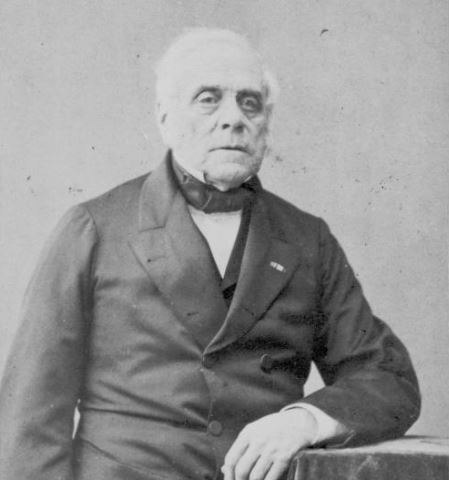
Die Uraufführung von Schoschtakowitsch
Er wurde mit der Belagerung St. Petersburg zum Mythos
Schostakowitsch’ Name wird für ewig mit der Stadt Leningrad (St. Petersburgs Name während der Zeit der Sowjet-Union) verbunden sein. Als die Stadt 1942 im Würgegriff der deutschen Belagerung litt, arbeitete der Leningrader Komponist an seiner 7. Sinfonie, die er seiner gebeutelten Landsleuten schenken wollte. Gegen seinen Willen wurde er auf Anordnung Stalins durch ein letztes Schlupfloch aus der Stadt gebracht, wo er die Sinfonie zu Ende schrieb.
Das Werk wurde rasch im Ausland bekannt und Stalin erkannte dessen symbolische Bedeutung und liess die Partitur mit einem Flieger über die deutschen Stellungen in die Innenstadt bringen, wo der Dirigent Eliasberg die Sinfonie während der Belagerung aufzuführen hatte. Die Sinfonie war für ein grosses Orchester gesetzt, bei der ersten Probe erschienen aber nur 15 erschöpfte und abgemagerte Musiker, die von Sägemehl, Pferde- und Rattenfleisch überleben mussten. Eliasberg probte das Werk, doch der Trompeter konnte aus Schwäche seinem Instrument keinen Ton entlocken und manche Musiker konnten ihr Instrument kaum halten. Nach 15 Minuten musste Eliasberg die Probe beenden.
Der Aufführungstag während der Belagerung
Nun wurde ein Aufruf an die Frontsoldaten gemacht. So konnte das Orchester aufgefüllt werden und Eliasberg musste mit dem zusammengewürfelten Orchester in 6 Tagen das hochkomplexe Werk aufführungsreif proben. Vor dem Beginn der Aufführung soll ein sowjetischer General die deutschen Truppen bombardiert haben, um eine störungsfreie Aufführung zu ermöglichen. Überall in der Stadt waren Lautsprecher aufgestellt worden, damit die Bewohner und die Feinde den Widerstandswillen der Bevölkerung spüren konnten.
Zuhörer und Musiker riskierten mit der Aufführung ihr Leben, glücklicherweise konnte sie störungsfrei durchgeführt werden und der Schluss-Applaus kannte kein Ende.
Der erste Satz der Sinfonie ist der programmatischste: nach einer sorglosen Introduktion (der Vorkriegsidylle) bricht ein über 15 Minuten anwachsendes Invasions-Motiv von Trommeln begleitet ein (wie bei Ravels Bolero), als Sinnbild des Feindes und der Unterdrückung. Schostakowitsch verwendete für das Invasions-Motiv Teile der Melodie «Da geh ich zu Maxim» aus Franz Lehárs Operette Die lustige Witwe, die zu Hitlers Lieblingswerken gehörte.
Tatsächlich hatte Schostakowitsch diesen Satz in Friedenszeiten geschrieben, sodass der stets doppelbödige Komponist auch hier eine versteckte Nachricht mitteilte. Auch beim Eintritt des Retters bleibt er doppelbödig, denn das musikalische Thema des Retters unterscheidet sich kaum vom Aggressoren.
Stalin dankte Schostakowitsch diese Tat schlecht, denn nur 4 Jahre nach dem Krieg musste Schostakowisch (mit Prokofiev und Khatchaturian) einen Schauprozess über sich ergehen lassen.
Dmitri Schostakowitsch als Luftschutz-Soldat am Konservatorium Leningrad im 2. Weltkrieg:
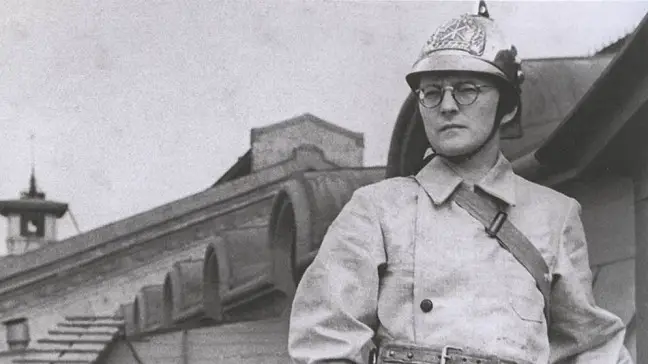
Konzert vom 9. August 1942:
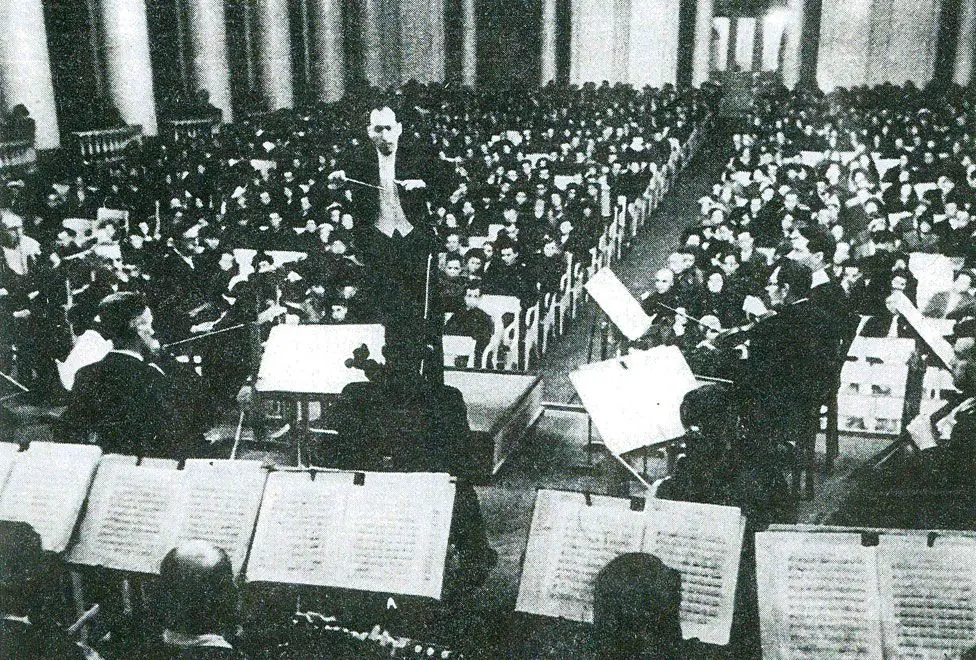
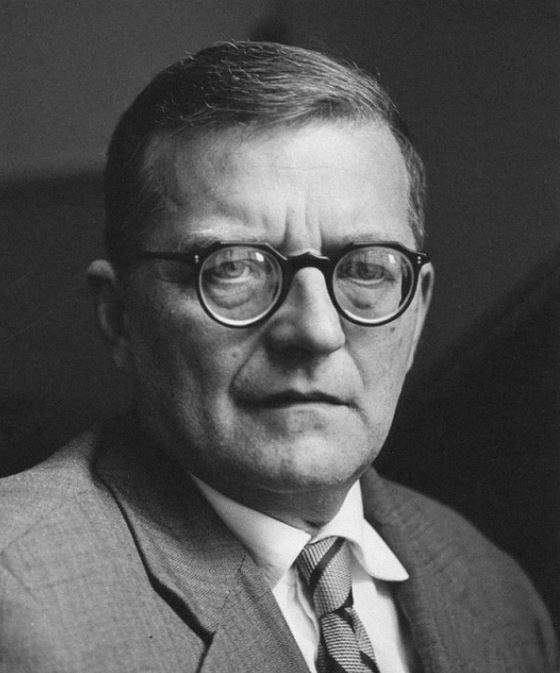
Die Uraufführung von Schoschtakowitsch
The Musikverein Hall was the site of world premieres of five of Bruckner’s symphonies (and his “Te deum”). The round of premieres began memorably badly with the Third Symphony in 1873. The Vienna Philharmonic refused to premiere the piece. Shocked, Bruckner rewrote the work, and at the premiere with the second version in 1877, the audience left in droves during the performance; only 12 listeners stayed to the end.
After the triumph of the Seventh abroad, the premiere of the Eighth in the Musikverein Hall in 1892 became Bruckner’s greatest moment in Vienna. In the presence of the opposing Hanslick and Brahm, who did not bat an eye in the hall, Bruckner received the ovation of the audience. But before that, he had to go through hell when the conductor Hermann Levi rejected the first version. Again, Bruckner wrote another version, as he did with many of his symphonies. Hans Richter finally performed the work.
Building of the Musikverein:
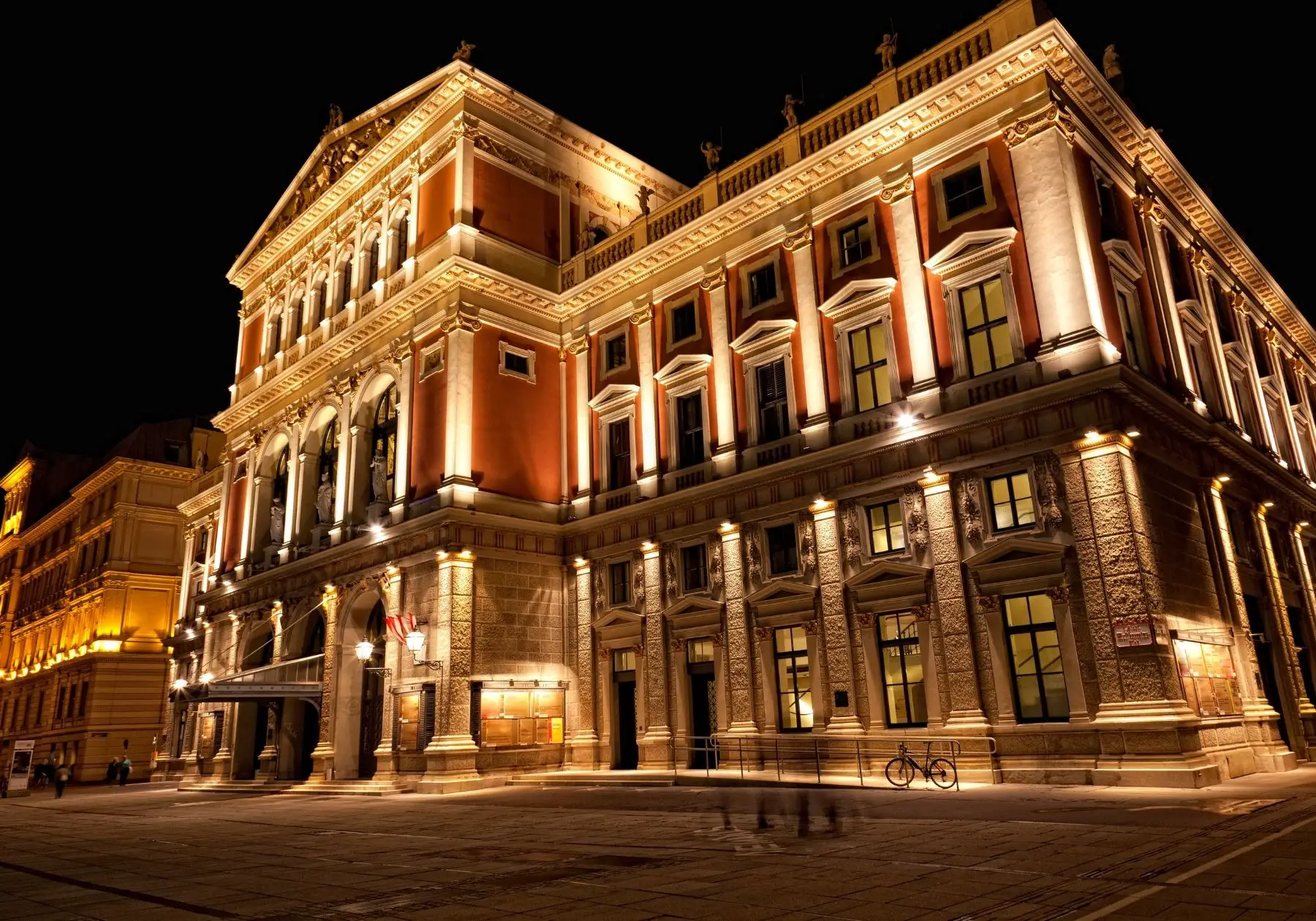
https://www.musikverein.at/en

Leave a Reply
Want to join the discussion?Feel free to contribute!